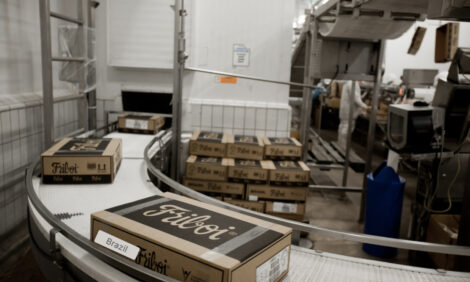



Irradiate Poultry to Reduce Foodborne Illness
CANADA - A microbiologist with the University of Manitoba suggests the widespread adoption of irradiation of poultry could potentially reduce the number of incidents of foodborne illness in Canada by 25 per cent, writes Bruce Cochrane.Food irradiation is the process of exposing food to ionizing radiation to kill any microorganisms or insects that might be present.
Dr Rick Holley, a food safety and food microbiology professor with the University of Manitoba, observes the association between poultry and campylobacter and salmonella is pretty significant.
Dr Rick Holley-University of Manitoba
Poultry carcasses almost uniformly are contaminated with this campylobacter organism that can cause short-term, not life-threatening necessarily, illness.
Campylobacteriosis usually only lasts for about three days and a normal healthy individual will recover but some people don't and so the morbidity is pretty substantial occasionally and costs to society are substantial in terms of addressing issues associated with a crippling bout of campylobacteriosis.
Depending upon the area, you might find anywhere from 30 to 60 percent of poultry carcasses are contaminated with salmonella and we all know that salmonella periodically can cause very large outbreaks of foodborne illnesses and some of those can also be life-threatening in certain subsets of the population.
I think that really the only solution there is to bring in the big guns and very seriously consider food irradiation as the solution to this problem.
In fact my feeling is that, if we were to go that route, tomorrow we would reduce the frequency of foodborne illnesses in Canada by at least 25 per cent.
It's something that I think we should seriously consider bringing in.
Dr Holley suggests reducing the base levels of carcass contamination will have a direct effect on reducing the frequency with which we see people getting ill from eating contaminated food products that have not been cooked properly.









